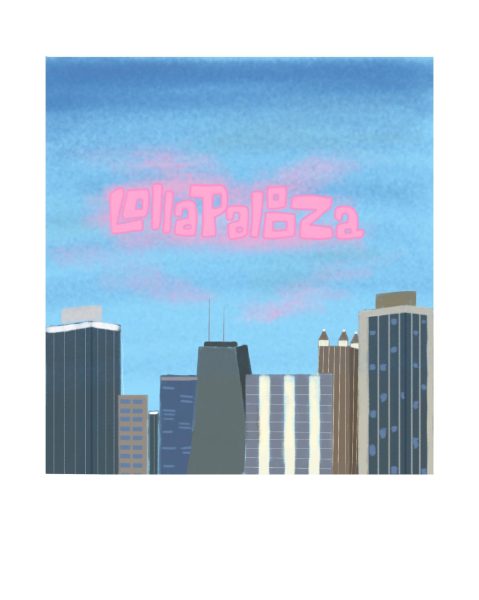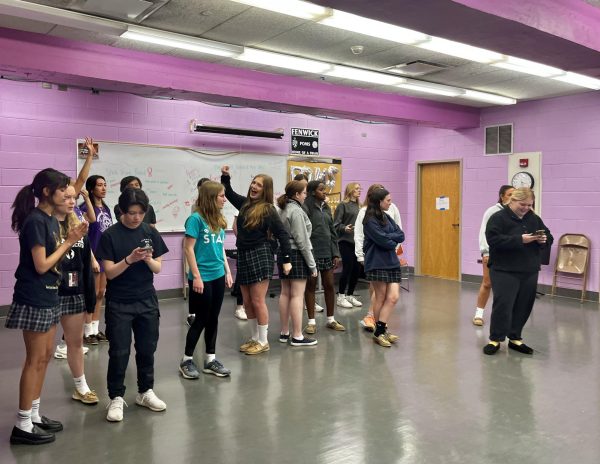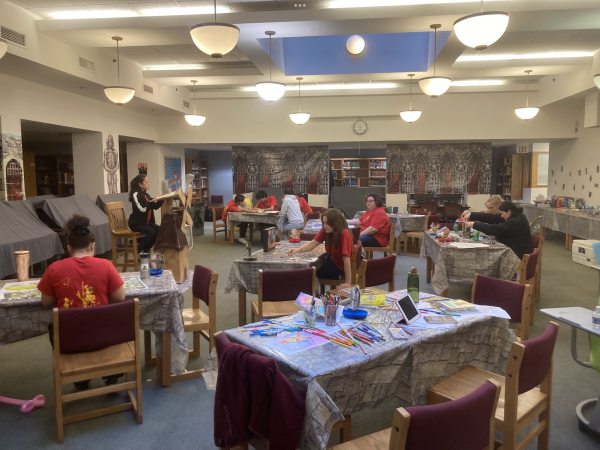The Great Graffiti of Chicago
When the word art is mentioned, what comes to mind? Some may think of Leonardo da Vinci’s Mona Lisa or even Michelangelo’s Statue of David? However, did you find yourself thinking about graffiti? A modern art style that is looked down upon due to its association with vandalisms. Though this may be the case, many people in the Chicagoland area can’t imagine the city without graffiti. Whether it’s on the side of a dumpster or on a building, Chicagoans view it as a fundamental part of the city. Now despite the city’s current position on the art, it wasn’t always this way.
At one point though, graffiti was looked down upon as “tasteless”, and “lacked creativity”. That was until Tyrue “Slang” Jones changed the medium’s scene. Throughout his life Jones dreamed of being an artist. When he moved to Wicker Park in the early 80’s graffiti became a key role in his life as the city became Jones’ canvas. As graffiti gained traction its popularity went on to fuel hate for many in Chicago. The assumption Jones made is that the hate for graffiti comes from the difficulty of deciphering it due to the big, bubbly letters in some pieces. Thankfully this hate didn’t last for long as more cities contained graffiti and citizens learned to accept this new style of art. Views of disgust changed to that of admiration. These changes were fueled by many things, specifically efforts to incorporate graffiti into the city to provide a different atmosphere. Many cities implemented this strategy but most notably Chicago.
Today, Chicago commissions artists for the Chicago Public Art Program. These graffiti pieces are exhibited all over the city, even in police stations. Most notably the Greetings from Chicago mural, which incorporates the iconic themes and places Chicago is known for. From our famous hotdogs to our Chicago Cubs. Though this is only for commissioned graffiti, there still remains a freelance graffiti scene. Graffiti types differ from location to location but the most common style is known as hip hop throw-up graffiti. The style uses big, bubbly letters that can be either one color or multiple. Sometimes, this style shows 3d images like a person’s face. . These pieces are supposed to decorate the cities and improve the environment for the citizens. Graffiti is a part of our daily lives, whether it’s on the side of a train or on the side of a building we realize the beauty that it holds. This helps us recognize that graffiti isn’t vandalism, but an art. This art fills the city and distinguishes it from others, and is one of the many things that makes Chicago, Chicago.






